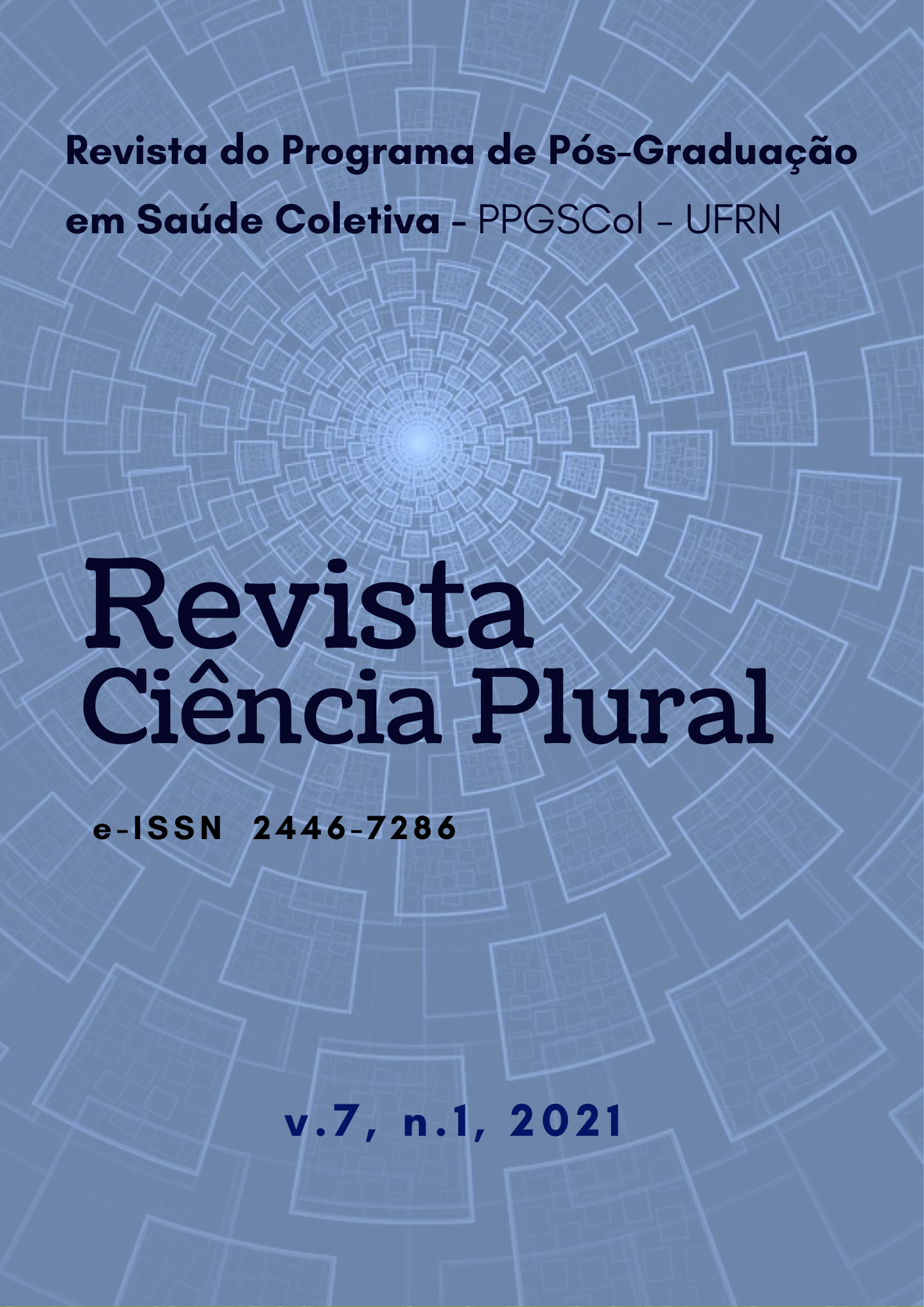Exondontias success index performed with minimally traumatic extractor
DOI:
https://doi.org/10.21680/2446-7286.2021v7n1ID22516Abstract
Introduction: Techniques for tooth extraction have been improved aiming at a procedure that reduces professional effort, surgical time, pain and inflammatory processes. In this sense, minimally traumatic extractors with vertical extraction, propose to preserve the alveolar bone and provide a faster and more comfortable recovery for the patient. Objective: To evaluate the effectiveness of the Maximus® Minimally Traumatic Extraction Kit (Contagem / MG- Brazil) in the extraction of uniradicular residual roots from incisors, canines and premolars. Methodology: This is a clinical, prospective and analytical trial. Patients were operated on using the device, and demographic data, surgical time, pain and comfort after surgery were evaluated, as well as the degree of professional satisfaction with the use of the device. To verify significant differences, the Mann-Whitney test was used and the search for associations was performed with Fisher's exact test. For all tests, significance was set at p <0.05. Results: Forty elements were removed, surgical time averaged 16.28 minutes, levels of pain and comfort immediately after surgery remained low (p <0.0001), and the degree of job satisfaction remained high (p < 0.0001). The success rate of the device was 93.3% for the incisor elements and 20% for the canine and premolar elements (p <0.0001). Conclusions: The effectiveness of the extractor is determined by the size of the root surface covered with periodontal fibers and the location of the tooth. However, can be well indicated in planning implanted rehabilitation in the anterior region of the maxilla and mandible.
Keywords: Minimally Invasive Surgical Procedures; Alveolar Process; Tissue Preservation; Tooth Extraction.
Downloads
Downloads
Published
How to Cite
Issue
Section
License
À Revista Ciência Plural ficam reservados os direitos autorais referente a todos os artigos publicados.

 Português (Brasil)
Português (Brasil) English
English Español (España)
Español (España)













